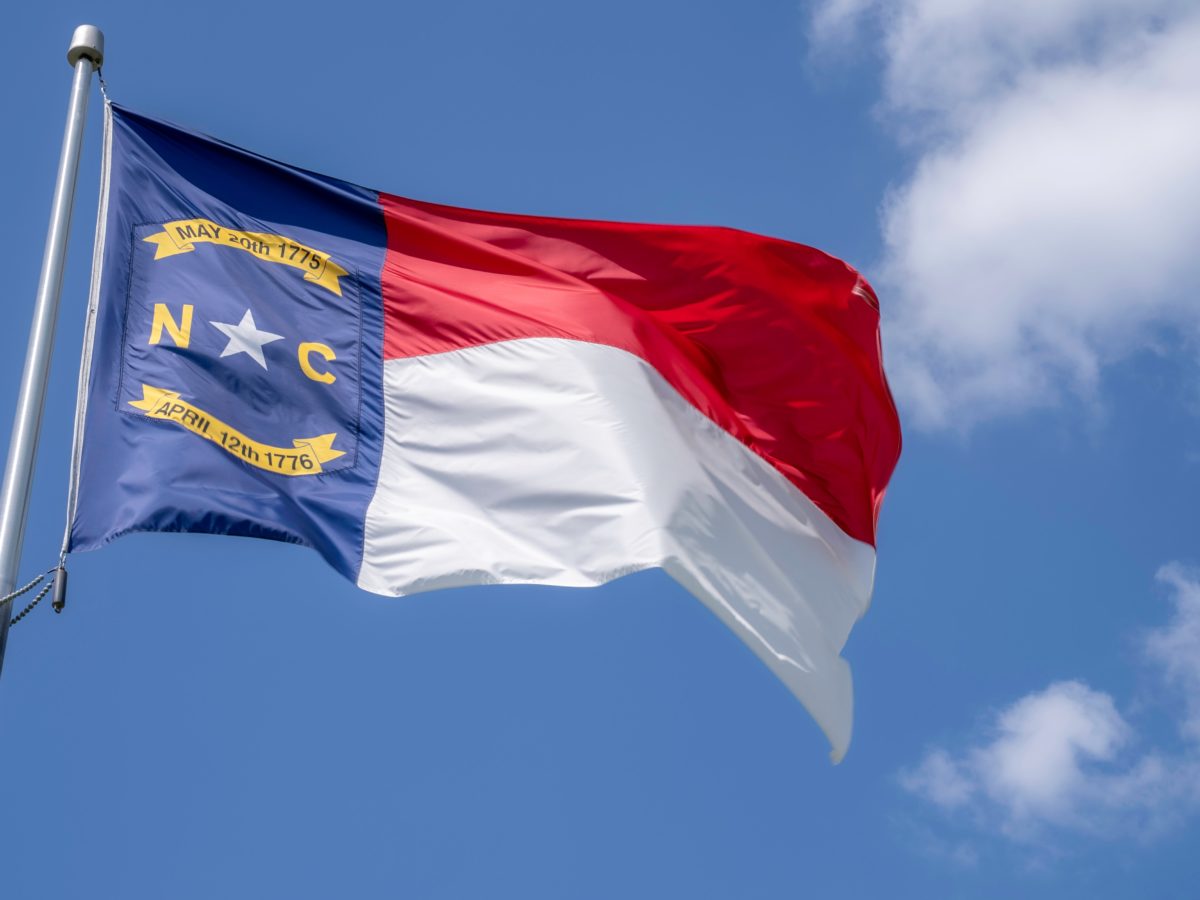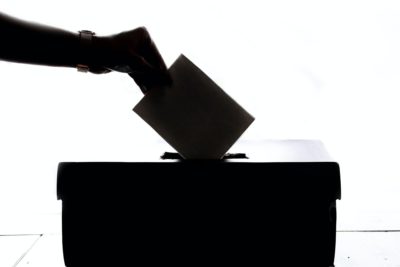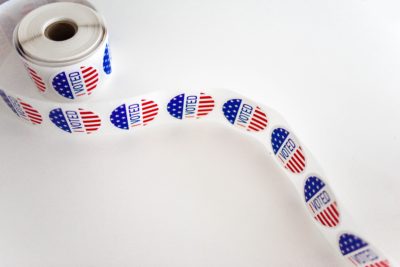

As general elections approach, you may occasionally hear North Carolina described as a “purple state” — a nearly equal mixture of Republican red and Democratic blue. In fact, the political terrain of 21st century North Carolina consists of distinct segments of red and blue with Republican and Democratic candidates vying for narrow victories in highly competitive statewide elections.
In the North Carolina electorate, as in the nation, there is no majority party. Of the state’s 7.38 million registered voters, 33.7% are Democrats, 30% Republicans, and 35.5% unaffiliated, with a smattering of Greens and Libertarians. Nationwide, according to Pew Research, 34% of registered voters identify as independents, 33% as Democrats, and 29% as Republicans.
Of course, unaffiliated independents end up dividing their votes mostly between major party candidates. And a casual review of recent statewide results shows the dramatic competitiveness of modern North Carolina, where statewide landslides are rare. In the 2020 presidential election, Republican Donald Trump out-polled Democrat Joe Biden by barely 75,000 votes out of 5.54 million cast.
In 2016 and again in 2020, Trump carried North Carolina with just below 50% of the statewide vote. In the same elections with the same electorates, Democrat Roy Cooper won the governor’s races with 49% in 2016 and 51.5% in 2020. Republican U.S. Sen. Thom Tillis won with 48.8% in 2014 and 48.6% in 2020. Democrat Cheri Beasley, now running for the U.S. Senate, lost a state Supreme Court election in 2020 by a mere 401 votes.
Because 2022 is an off-year election without a presidential contest, lower voter turnout is expected. Still, a key observation of Pew researchers in 2020 remains relevant today in North Carolina, where politics mostly aligns with national dynamics.
Pew reported then that “the U.S. electorate continues to be deeply divided by race and ethnicity, education, gender, age and religion. The Republican and Democratic coalitions, which bore at least some demographic similarities in past decades, have strikingly different profiles today.” Moreover, said Pew, “there’s been a fundamental shift in the relationship between level of educational attainment and partisanship.”
Across the nation, Pew reported, 36% of registered voters have a bachelor’s or a higher degree. Nearly two-thirds of registered voters — 64% — do not have a four-year college degree. Of the voters with college degrees, 57% identify with or lean toward the Democratic Party, said Pew, adding that the party’s “advantage with more highly educated voters has grown over the past decade.”
“Republicans increasingly dominate in party affiliation among white non-college voters, who continue to make up a majority (57%) of all GOP voters,” said Pew. “… The GOP now enjoys a two-to-one advantage over the Democratic Party among white voters with no more than a high school diploma (62% to 31%).”
While Pew offers trend data on the educational component of Democratic and Republican coalitions, Education Next, a scholarly journal affiliated with the Program on Education Policy and Governance at the Harvard Kennedy School, recently released its 16th annual survey on education issues, with findings analyzed in the context of the COVID-19 pandemic. After interviews with 1,784 adults in May, Education Next reported “that public opinion on education is growing increasingly partisan.”
The survey found a decline in Americans’ perception of local K-12 school quality, and increased support for homeschooling during the pandemic. It also found dramatically rising support for universal pre-K and that support for increasing teacher pay had reached “its highest level in the survey’s history.”
And yet, on a wide range of issues, the Education Next survey showed what Pew had previously noted: that the total-sample numbers these days do not constitute as adequate gauge in a time of wide gaps between Democrats and Republicans. Education Next reported that “the average difference in opinion between the two major parties has grown larger on many of the items we have tracked over the years.”
“About 65% of Democrats support masking in schools,” said Education Next in a chart delineating gradation of opinion, “while 63% of Republicans oppose the measure. While about the same percentages of Republicans and Democrats think there is about the right amount of teaching about racism in schools, more than half of Democrats think there is too little emphasis placed on teaching racism, 51% of Republicans think there is too much.”
Education Next concluded that “despite the education-policy community’s long history of trying to keep political pressures at arm’s length, public opinion on education issues seems to be increasingly drawn into the powerful current of partisanship in contemporary American politics.”
That powerful current, to be sure, does not bypass North Carolina. This is not a politically purple state in the sense of a blending of Republican red and Democratic blue. Rather, this is a highly competitive state in which elections, even when decided by a narrow margin of victory, have consequences in the governance and conduct of its schools.




